- Anna Ullastres
- no comments
Wearable Health Devices (WHDs) were born in the 1990s as an innovative technology to monitor human vital signs, and they are still an emerging technology today. As an IoT technology (Internet of Things), WHD can communicate its data to other devices, users, and websites.
The ubiquity of smartphones in our society, sensor miniaturization, and its easy integration have increased the number of available products in the market, some of them reaching quality levels suitable for medical use.
WHDs can be used for health purposes during daily life to monitor activity or predict chronic problems, as well as in clinical environments to detect anomalies or as a diagnose support.
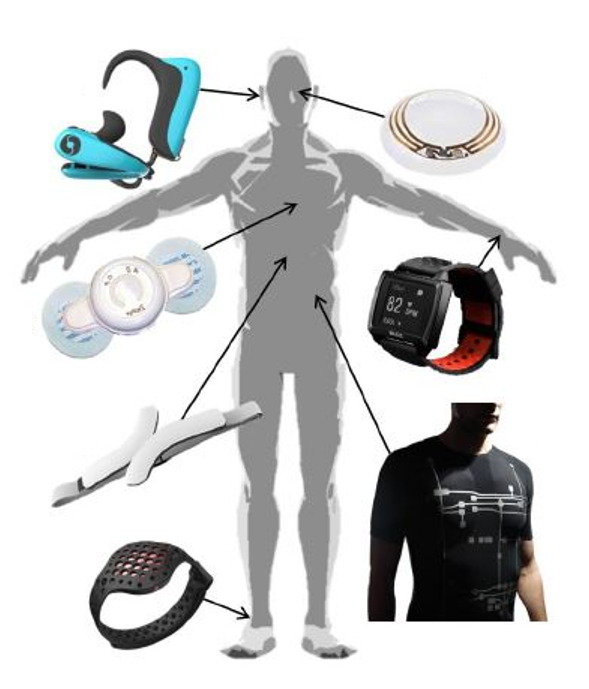
WHDs can be portable:
- Wrist-worn wearable’s (i.e. smart watches)
- Smart glasses
- Ear wearable’s, also known as hearables
- chest bands
- e-clothes
attachable:
- Google contact lens
- Skin-based
or even implantable:
- Birth control implants
- Capsules
Source: modified from Dias et al 2018
Because most of the current technologies are still not sufficient to cross the barrier into the health sector, most of these wearable technologies are being used for research only, and are not expected to enter the market for up to 5 years.
– stroke volume
– pain
– level of consciousness
– urine output
– sleep
– sweat.
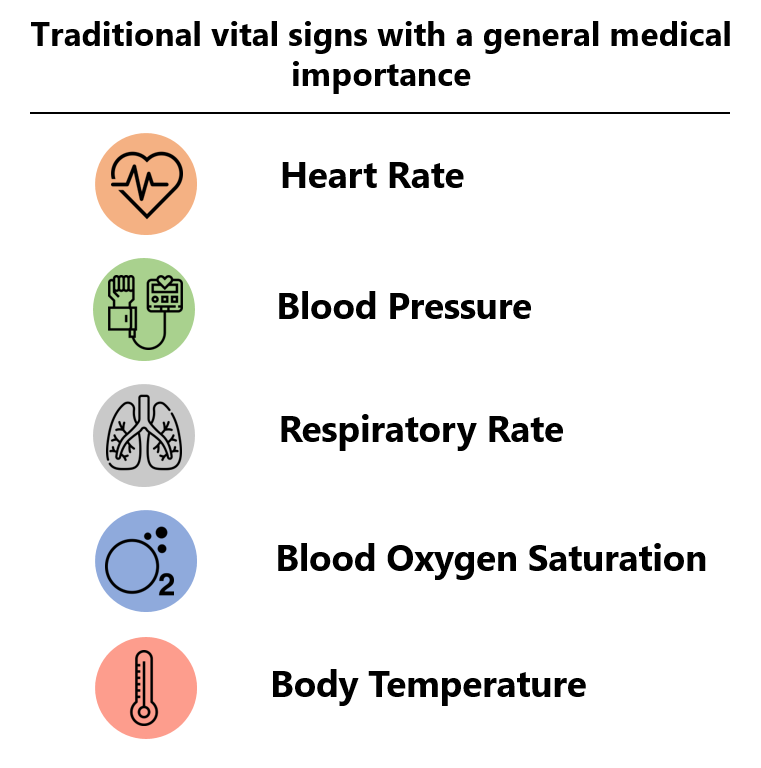
Considering health-related functions, and according to experts, blood pressure measurement technology is expected to be the biggest refinement in wristband-type devices (Cho et al 2019).
Nano-scale devices prepared to go inside the body are expected to shed light in the use of future medical approaches. One of the most pioneer examples are smart Contact Lens developed by Google to monitor blood glucose levels in diabetics. However, according to experts, further research is needed in order to end up with a technological solution able to sense analytes in biofluids such as tears.
Long-term health monitoring opens up the possibility of application for chronic diseases as well as elderly population (Guk et al 2019).
Currently, technology refinement and scientific studies are shading light on the use of WHDs in healthcare. Specifically, some fields are already starting to benefit from wearable devices for personalized medicine, real-time health monitoring, or preventing.
Image source: BD Hypno Plus.
Neurological diseases can widely vary from Alzheimer, to multiple sclerosis, to epilepsy. Thus, WHDs can shed light into medical uses from clinical research, to pain relief, to diagnosis.
Recent research reviews in this field explore the use of different WHDs to monitor epilepsy or dementia (Rugg-Gunn 2019; Godfrey et al 2019), and conclude that more data is needed in order to improve device’s algorithm performance. Moreover, both research studies claim for a standardization and regulatory efforts to integrate the use of wearable devices in clinical trials.
As an example, researchers are using Apple Watch to track epilepsy symptoms, analyzing big data to increase our understanding of the disease. Also, the system is being used to notify carers of an impending seizure.
Source: Asociación Diabetes Madrid
Glucose levels management is a constant concern for diabetic patients, a chronic disease that is expected to grow over the coming years. Continuous Glucose Monitoring (CGM) sensors and wearable devices will be replacing finger prick measurements in the next years.
Abbott’s new FreeStyle Libre device is a transcutaneous sensor measuring glucose levels every 15 minutes in interstitial fluid.
Another recent example is the Do it Yourself Pancreas for DM1 patients, a wearable glucose sensor connected to an smart system and to an insulin pump, altogether working as an artificial pancreas able to response to changes in interstitial glucose.
Medtronic also launched a hybrid closed loop system for type 1 diabetes, MiniMed 670G, an insulin pump that enables automatic delivery of basal insulin to keep blood glucose levels 24 hours a day.
Apple and Dexcom are also collaborating for the development of a new wearable glucose monitor for smart watches (Aleppo et al 2017). Although most systems might still carry some limitations and caveats, WHDs are clearly optimizing diabetes management (Guk et al 2019).
Source: AliveCor
This field has also long been using wearable technologies to monitor and register heart rate and rhythm (Pevnick et al 2018). Key opinion leaders point out to the use of WHDs for detecting and monitoring atrial fibrillation as a key market for heart rate monitors.
As an example, Apple is working to improve Apple Watch technology to expand their features, thus being able to measure arrhythmias. Recently, the company AliveCor has developed KardiaMobile ECG monitor, which is currently being used to early-detect atrial fibrillation and atrial flutter recurrence, thus empowering patients. This is the first medical-grade accessory for the Apple Watch.
Also, Bristol-Myers Squibb-Pfizer Alliance and Fitbit are working together to improve the early detection of atrial fibrillation in individuals at increased risk of stroke though wearable technology.
Source Image: Loncar-Turukalo et al 2019
United States is leading the number of relevant research papers per country followed by United Kingdom, China and Canada.
Some of the leading institutions in WHDs research are:
| Research Institution | Research Group | Website |
 |
Brain and Movement | website |
 |
Wearable Technologies Lab | website |
 |
MIT Media Lab | website |
 |
Neurorehabilitation Research Laboratory | website |
 |
Sensor Technology Research Center | website |
| Department of Medicine and Critical Care Program | website |
In Spain, some of the leading research centers in this field are:
| Research Institution | Research Group | Website |
 |
Grup de Recerca en Sensors Intel·ligents Integrats i Tecnologies per a la Salut (ISSET) | website |
| Grup de Recerca en Smart Health | website | |
 |
Grupo de Redes y Servicios de Próxima Generación (GRyS) | website |
 |
Institute of Microelectronics of Barcelona (IMB-CNM-CSIC) | website |

Most companies are looking toward the healthcare market as a key opportunity to grow.
Wearable technology market is expected to grow reaching up to more than $100 billion revenue in 2023 (IDTechEx 2017-2029).
Healthcare is expected to be the market segment with a higher impact (higher revenue), estimated to be $14.6 billion in 2023.
Source: IDTechEx
Large technology companies such as Samsung, Apple, Google, Microsoft or IBM are already entering the market using healthcare applications, and they currently hold most of the patents on wearable health technology.
During the last years, patent publications on WHDs has significantly increased, mostly related to patient monitoring, telemedicine and wristwear devices.
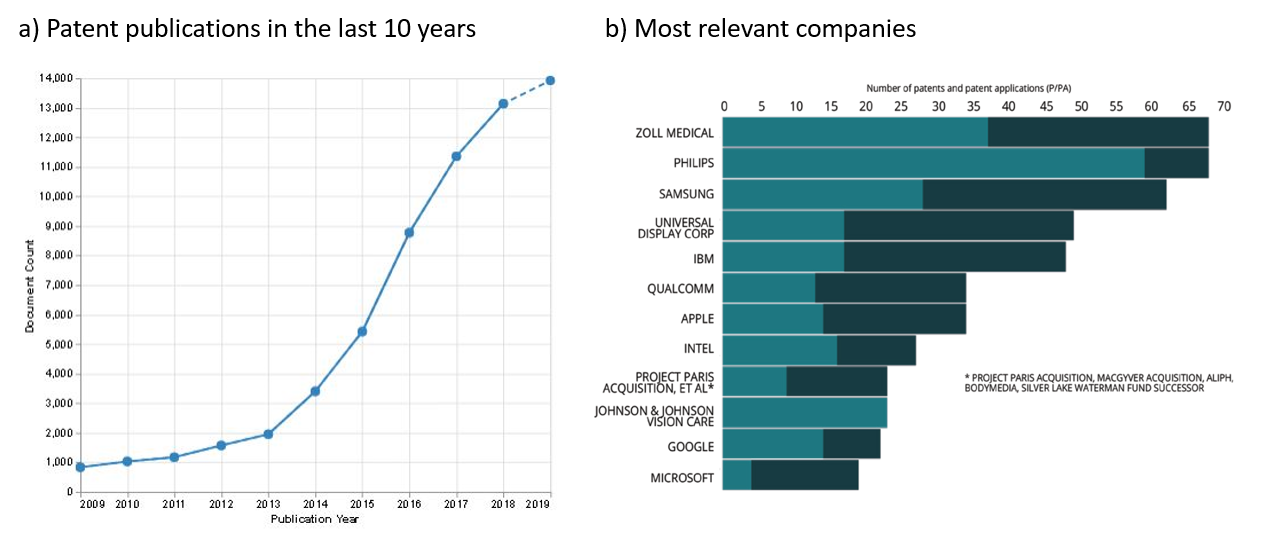
Source: Lens.org (a) and ParolaNEWS (b)
| Title | Applicant | Patent ID | Priority Date | Drawing |
| Apparatus and method for measuring biological signal | Samsung electronics Co Ltd | US20130261405 | 2012-04-02 |  |
| Smart wearable device for health watch | Sensesemi tech private limited | US10194862B2 | 2015-12-28 |  |
| Method for addressing medical conditions through a wearable health monitor with the aid of a digital computer | Bardy diagnostics Inc | US9788722B2 | 2015-05-10 |  |
| Modulation and demodulation techniques for a health monitoring system | Apple Inc | US10219754B1 | 2014-09-09 | |
| Wearable device | Microsoft | US20180356890A1 | 2017-06-09 |  |
| Systems and methods for distributing continuous glucose data | Dexcom | US2016232318A1 | 2015-02-10 |  |
| Wearable monitoring and treatment device | Zoll Medical Corp | US2015164427A1 | 2011-09-01 |  |
Despite technology advances, current wearable devices still need to face several barriers to enter the market:
| Data currently produced is still limited for clinical use |
| Current WHDs are already being used for monitoring some patients and even as an aid for remote diagnosis. However, there is still very little clinical value to the data collected by current technologies. Importantly, only 5% of WHDs available in the market have been formally validated. Indeed, technologies developed for research purposes seem to be more credible than commercial devices (see Peake et al 2018).
Transcutaneous sensors are becoming more interesting than smart watches for diagnosis and management of chronic diseases, as those WHDs are potentially capable of sensitive measuring of a broader range of biological molecules. |
| System interoperability |
| There is no digital standard for interoperability between WHDs, and it is complex to merge data with existing patient clinical record. Importantly, many devices operate in a private cloud service, therefore, healthcare professionals are very limited to use WHDs data. |
| Patient data security |
| According to a European Commission consultation in 2017, data security and privacy are key concerns expressed by 73% and 62% of citizens respectively. Stringent procedures for evaluation of medical devices and conformity should improve patient safety.
Safety and security are technology conditioned and should be ensured by the system design. Currenly, WHDs are required to comply with IEC 62366-1:2015 standards, and two recent EU Regulations 2017/745 and 2017/746. These regulations are going to have a significant impact on the sector of medical devices that incorporates wearable technology. Importantly, experts claim that data anonymization by distortion or removing features does not provide an adequate security level to prevent identity frauds. Moreover, cyber-attacks could lead to patient health data being compromised, or lost. |
| High cost a barrier to consumers |
| According to key opinion leaders, there is a concern that people with disabilities or social determinants of health will be discriminated because of the high cost of WHDs. Most WHDs are aimed at consumers, and price is a key value driver for them. Unless prices decrease or insurance companies offer WHDs, consumers will not be able to afford these new technologies. |
| Patient engagement |
| The success of WHDs do not depend only on the technology features, but also on the design of the used engagement strategies. Only if patients are truly engaged in the correct use of WHDs, they will facilitate its use in health (see Patel et al 2015).
A recent survey in the US shows that 11% of people would use WHDs to monitor their vital signs, 16% of them would use it only for fitness and lifestyle, and 53% would use both applications. Only 20% of people refuse to wear technology tracking health stats. |
Source: Global Data
If you are interested in technology surveillance in a different research topic, please give us your feedback here
Anna Ullastres
I graduated in Biology and studied a Master in Cell Biology, specializing in cancer and citogenetics. Until 2017, I worked as a researcher and obtained a PhD in Genetics. After that, I enrolled a university postgrade program on Innovation and Project Management and started working as innovation project manager at the Innovation Unit of the Parc Taulí Foundation. I am currently completing the postgrade program and specializing in IP protection.
All stories by: Anna Ullastres


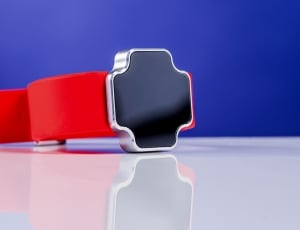
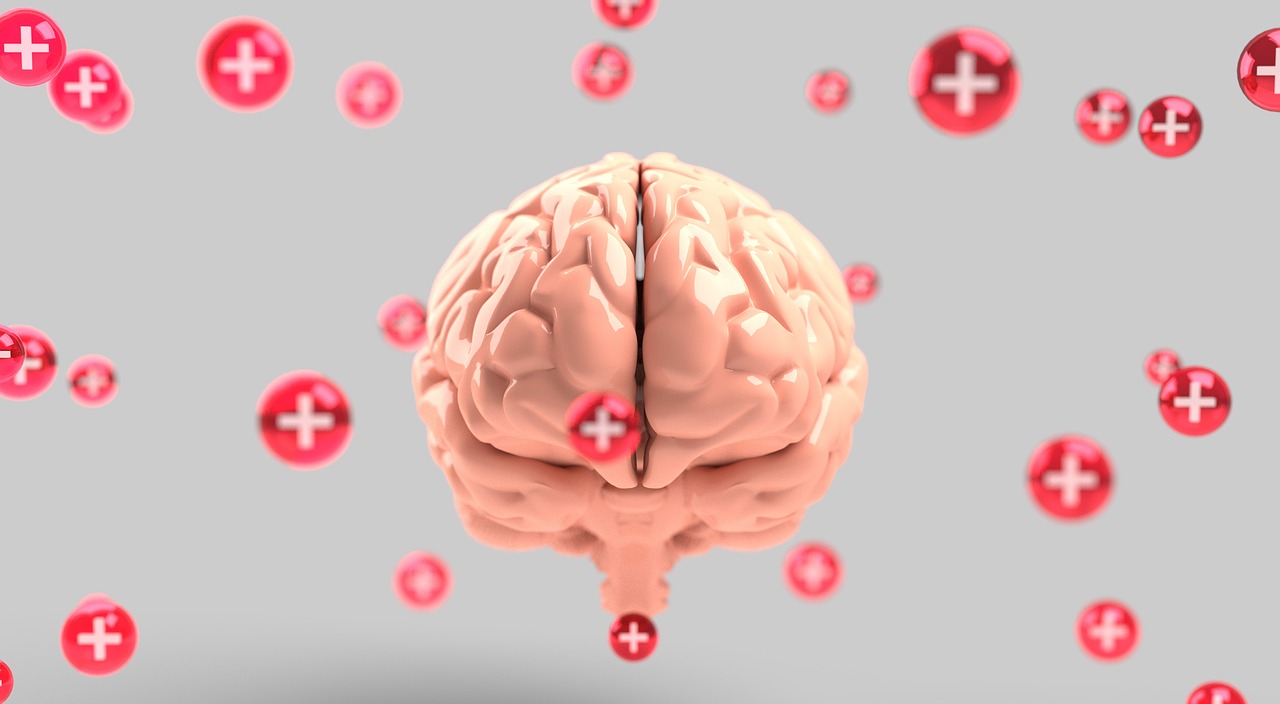
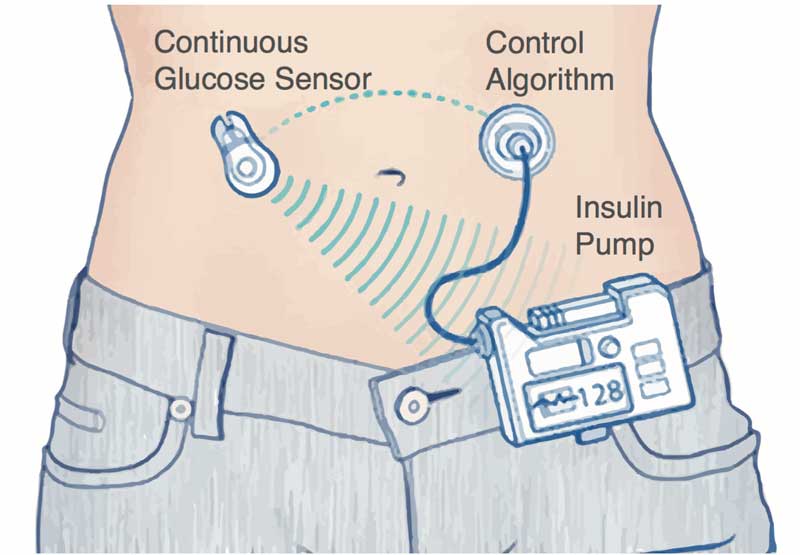
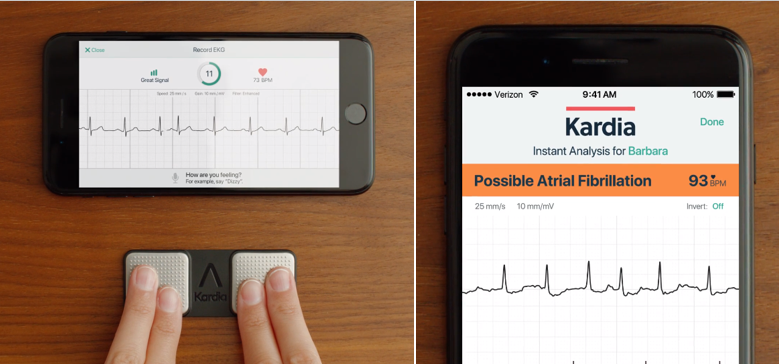
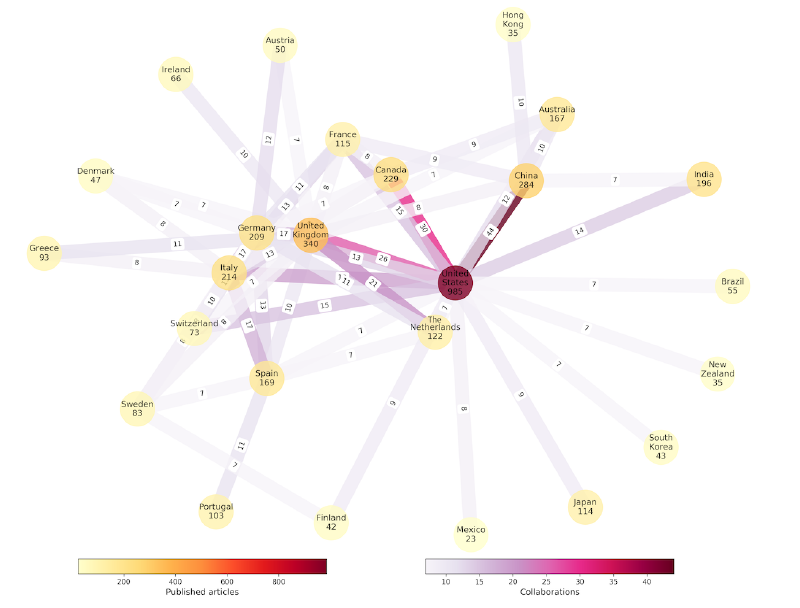
Leave a Reply